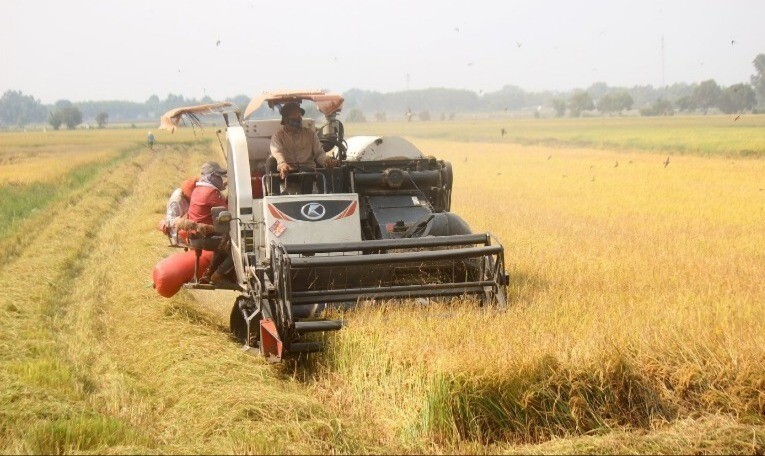
This is the reality that Mr. Le Duc Thinh, Director of the Department of Economic Cooperation and Rural Development, Ministry of Agriculture and Environment , clearly stated at the Agriculture Forum 2025 that just took place.
Mr. Le Duc Thinh added that the agricultural sector not only creates a large amount of by-products but is also the second largest greenhouse gas emitter in Vietnam, after the energy sector.
According to the update in the 2022 Nationally Determined Contribution (NDC) Report, emissions from agriculture amount to more than 104 million tons of CO2 equivalent, accounting for about 18% of the country's total greenhouse gas emissions.
Meanwhile, these agricultural by-products can be fully utilized to create economic value. Mr. Tran Manh Bao, Chairman of ThaiBinh Seed, said that straw can be used as animal feed, compost material or biomass pellet production. Rice husks can be processed into activated carbon, insulation material or pellet fertilizer.
In addition, rice water and wastewater during processing can be processed into fish nutrition or probiotics for clean agriculture. Rice bran can even be used as an input material for the cosmetics industry.
Vietnam aims to increase the recycling and reuse rate of agricultural by-products to 70% by 2030, focusing on key production sectors such as rice, coffee and livestock. In fact, many businesses have begun to implement circular economy initiatives.
For example, ThaiBinh Seed uses rice husks as fuel for its processing plant, uses bran for livestock, and uses straw to produce mushrooms and organic fertilizer. Some Vietnamese companies also export straw to the Korean market.
In addition, small and medium-sized enterprises are also actively participating in developing circular models. For example, Lemit Foods Company uses ripe jackfruit peels to produce organic fertilizer by raising worms, contributing to reducing agricultural waste. They also develop jackfruit seed powder as a sustainable cocoa powder substitute.
However, according to Mr. Le Duc Thinh, the application of circular models is still small and fragmented, and has not created a widespread effect to form a large circular economic industry chain.
Some large projects such as the “one million hectares of low-emission rice” model with a straw treatment component still face difficulties due to a lack of actual data on the amount of rice husk and straw harvested per hectare.
This is an obstacle that needs to be addressed to promote a circular economy in agriculture, reduce emissions and contribute to helping Vietnam achieve its goal of net zero emissions by 2050.
He also emphasized that the circular model needs to be based on science and technology and green digital transformation, no longer depending on traditional farming methods such as the previous "garden, pond, barn" method.
Along with that, he proposed building a separate circular strategy for the agricultural sector, instead of grouping it with the industrial, renewable energy and construction materials sectors.
Another important point is the development of processes and standards to certify and recognize circular agricultural products, making it easy for consumers to distinguish, while increasing product value, creating incentives for businesses and cooperatives to invest in this model.
Mr. Tran Manh Bao also proposed a mechanism for transferring technology to enterprises and cooperatives in collecting, processing and recycling by-products from rice production. At the same time, it is necessary to prioritize research and development of short-term rice varieties that can withstand harsh weather conditions, reduce emissions and create value from by-products.
In addition, at the Forum, Mr. Le Duc Thinh recommended that it is necessary to develop an innovation ecosystem, green investment and integrate circular economy into key industry value chains, while providing maximum support from production to product consumption.
The Vice President of VCCI proposed to pilot a mortgage lending model based on a contract linking production and purchasing agricultural products between enterprises and cooperatives to solve difficulties in green capital. The loan model linked to a three-party contract including banks, leading enterprises, cooperatives and farmers is expected to create more favorable conditions for enterprises and farmers to access capital.
To develop circular agriculture sustainably, the State needs to establish more extensive incentive policies to attract business participation. The long-term solution is to build a model of close linkage between businesses, farmers and stakeholders in the production value chain, contributing to improving the competitiveness and sustainability of the agricultural sector.
ThaiBinh Seed Chairman Tran Manh Bao affirmed that developing the rice industry according to the circular economy model is not only an inevitable direction to increase the value of the industry chain but also a core solution to build an environmentally friendly agriculture, ensuring livelihoods for farmers and meeting the increasing demand for food in the future. He proposed five key solutions to achieve this goal.
First of all, it is necessary to build a national program to develop the rice industry according to the circular economic model with the synchronous participation of the political system, enterprises, cooperatives, scientists and farmers.
Second, priority is given to research and development of rice varieties suitable for circular production such as short-term varieties, good resistance, emission reduction and effective utilization of by-products.
Third is to support credit, build infrastructure and transfer technology to businesses and cooperatives in collecting, processing and recycling by-products from rice production.
Fourthly, it is to build closed chains from breeding, production, processing, by-product treatment, consumption to resource regeneration to optimize production efficiency and the ability to replicate the model. Finally, it is to create conditions for businesses to deeply participate in planning raw material areas, building growing area codes and promoting trade of high-quality rice products.
Developing circular agriculture is not only an inevitable trend but also the foundation for building a modern, green and sustainable agriculture.
The success of this journey requires synchronous cooperation between the State, enterprises, cooperatives and farmers. If implemented seriously and systematically, the circular agriculture model will contribute to enhancing the value of Vietnam's agricultural sector in the era of the global green economy.
Source: https://baolaocai.vn/kinh-te-tuan-hoan-nong-nghiep-can-mot-chien-luoc-rieng-post649187.html


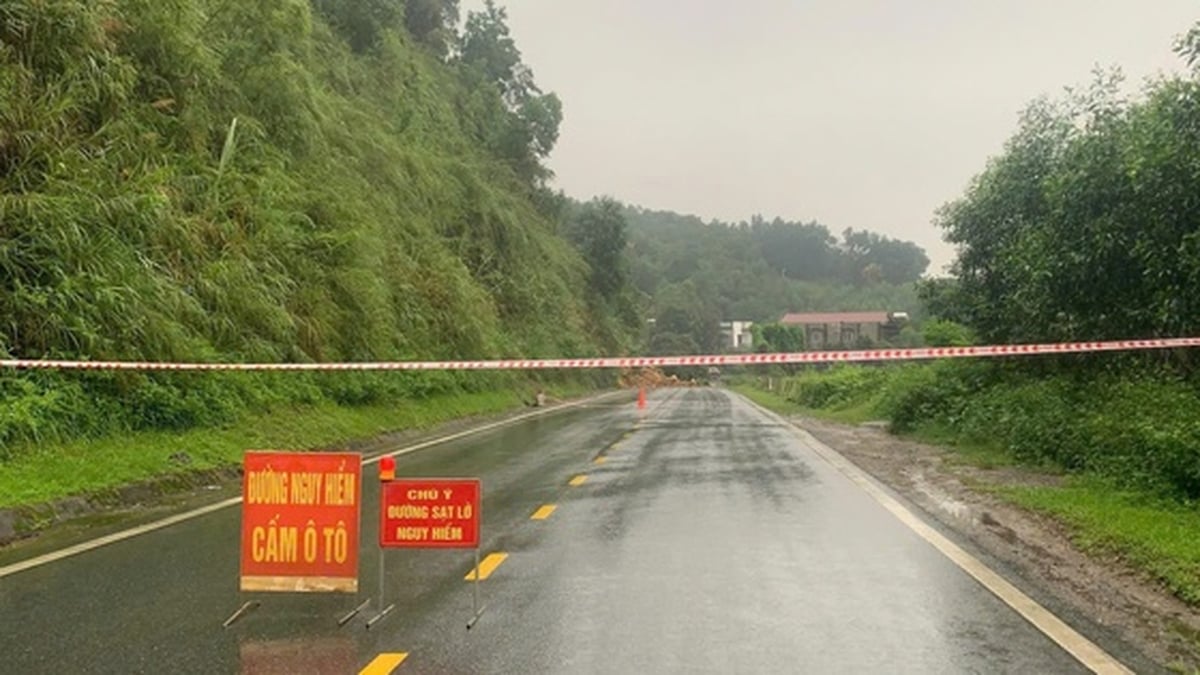
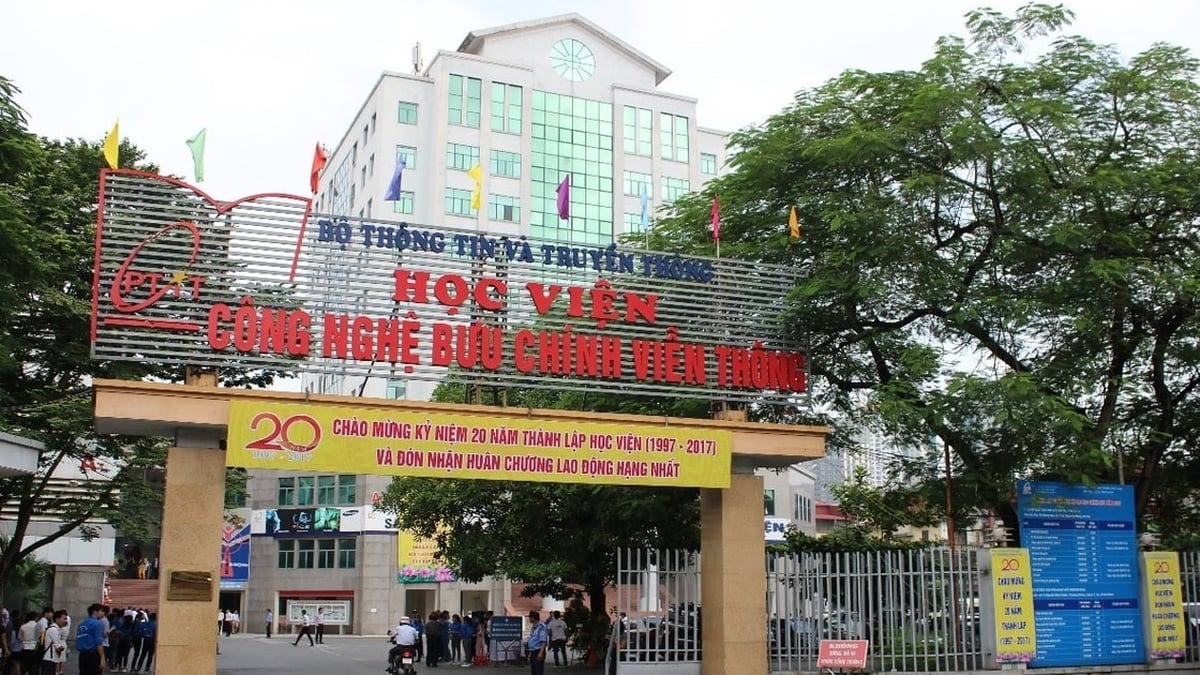

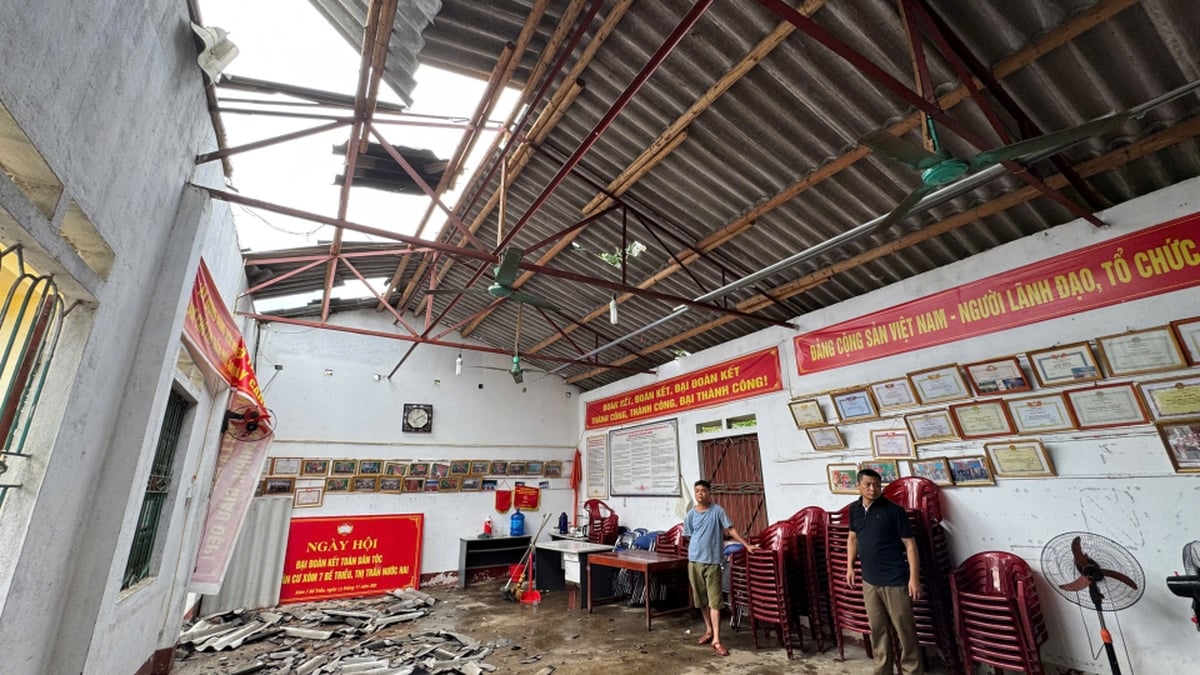
![[Video] The difference in scores between university admission groups will be announced soon](https://vphoto.vietnam.vn/thumb/1200x675/vietnam/resource/IMAGE/2025/7/19/16441946784f4c4b8b6987f8164b1a83)
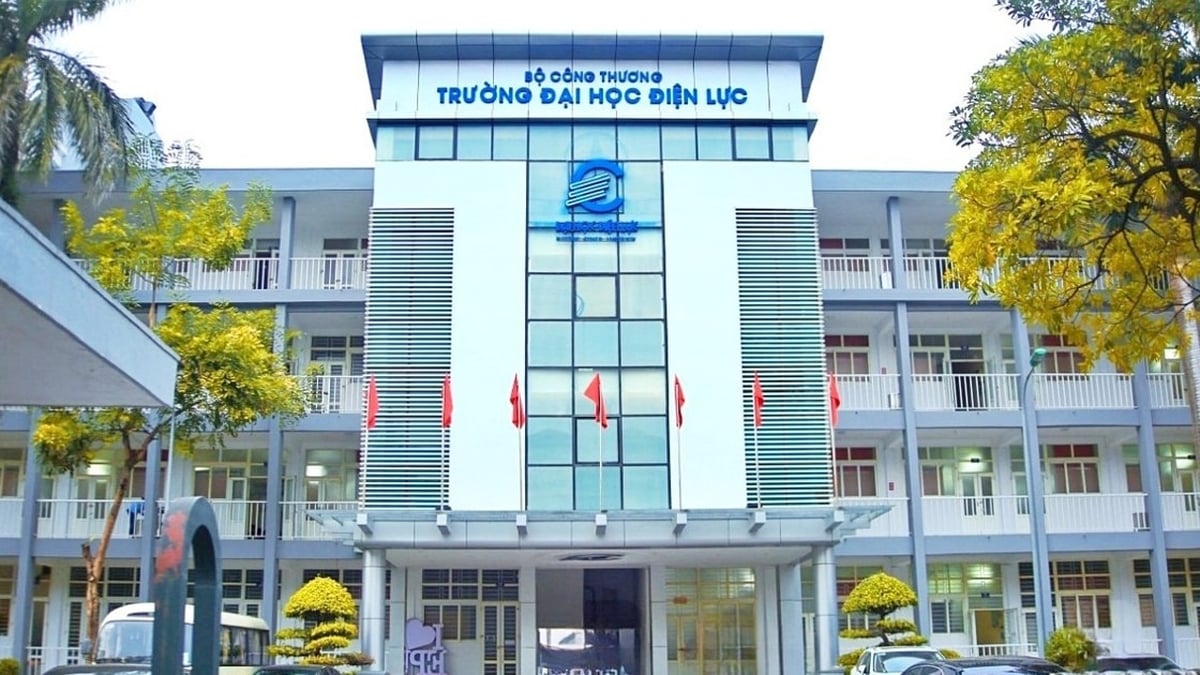


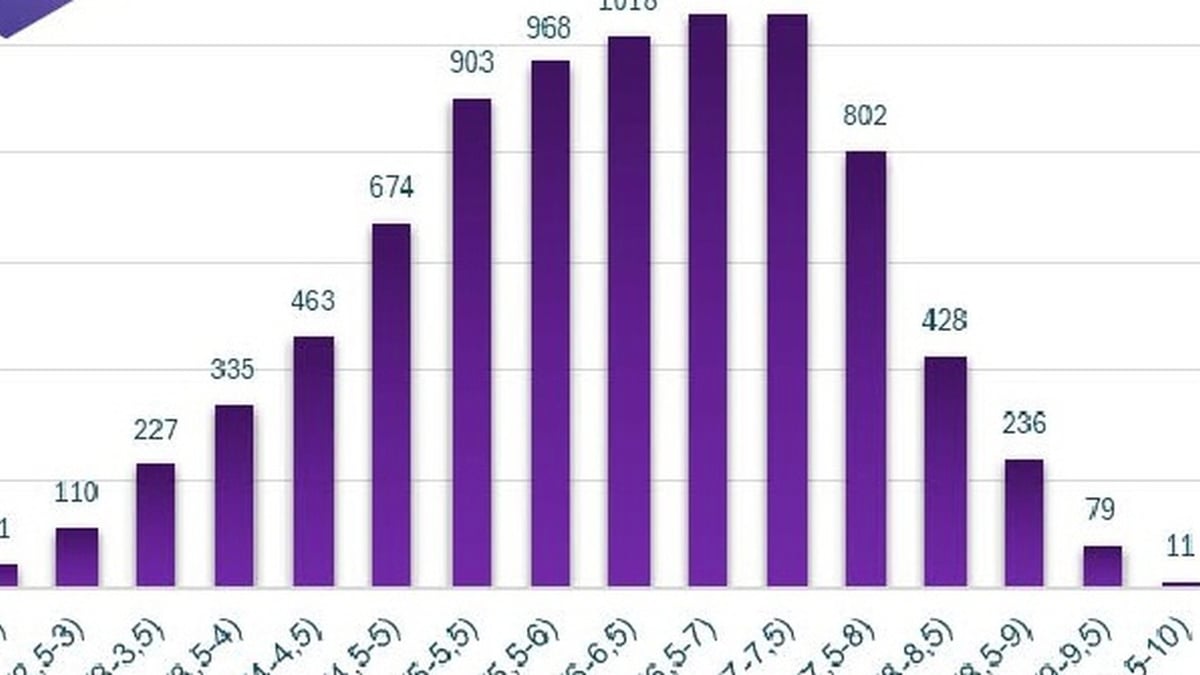
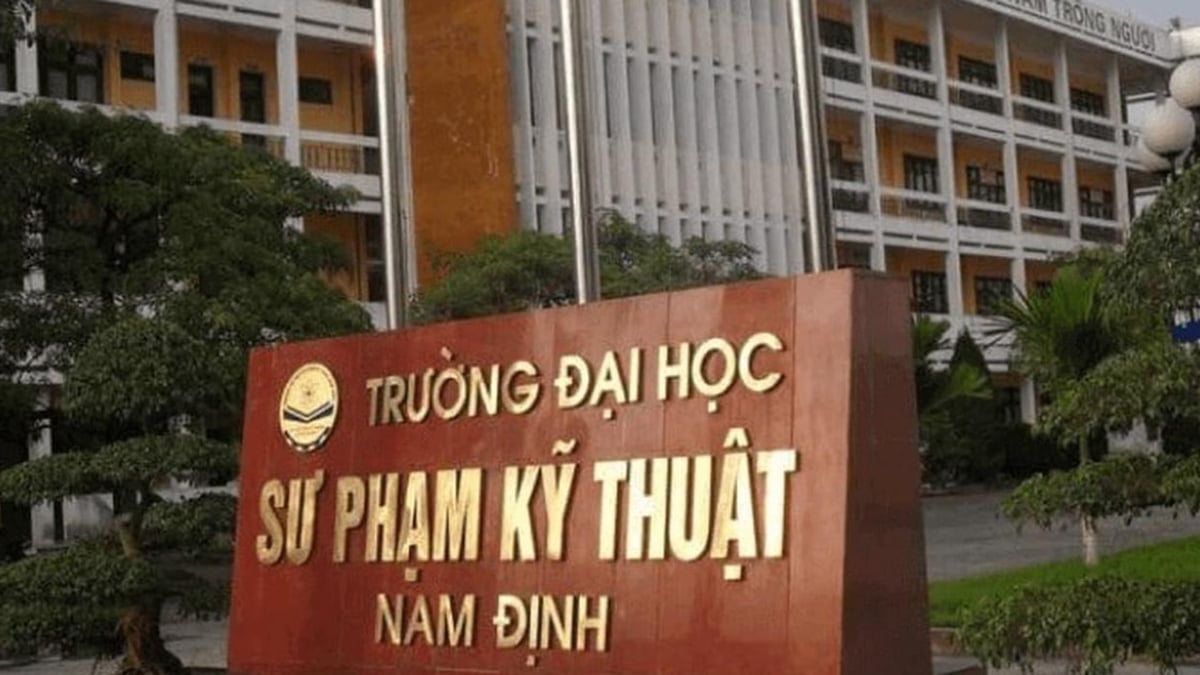





















































































Comment (0)